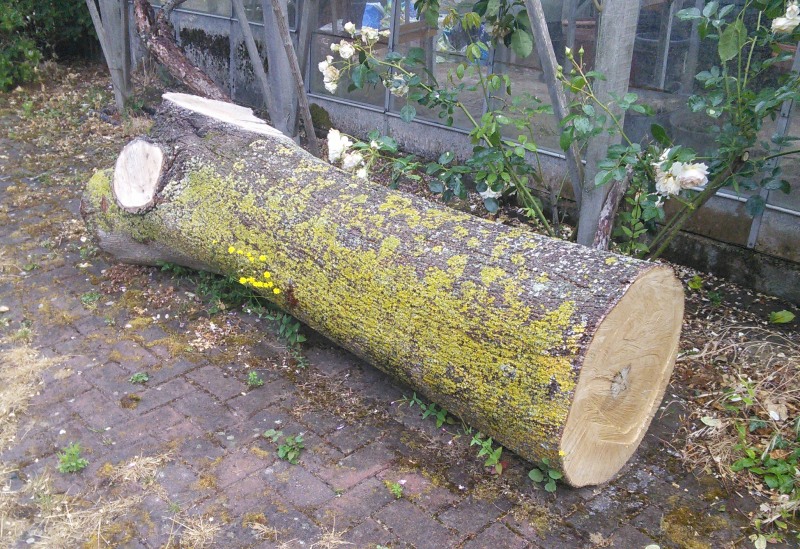Croyboy
Established Member
Not sure if this is the right place to ask this question.
There is a very large chestnut tree on my local golf course which fell over about 4 years ago and is badly rotting at the exposed base. I have cut some burrs from it - some of them were just rotten but some looked ok. Anyway l have cut one of the larger limbs off and the wood is sound.
My question is - will this wood season quicker than 'green wood' - its been down for years do will this aid seasoning.
Also, is there any difference in the way l should care for the cut wood ( l have just sealed the raw ends).
The head greenkeeper has said l can help myself to as much as l want - but don't want to cut back all of the nettles and dodge the wasp nest if its no good!
Thanks
Patrick
There is a very large chestnut tree on my local golf course which fell over about 4 years ago and is badly rotting at the exposed base. I have cut some burrs from it - some of them were just rotten but some looked ok. Anyway l have cut one of the larger limbs off and the wood is sound.
My question is - will this wood season quicker than 'green wood' - its been down for years do will this aid seasoning.
Also, is there any difference in the way l should care for the cut wood ( l have just sealed the raw ends).
The head greenkeeper has said l can help myself to as much as l want - but don't want to cut back all of the nettles and dodge the wasp nest if its no good!
Thanks
Patrick



































